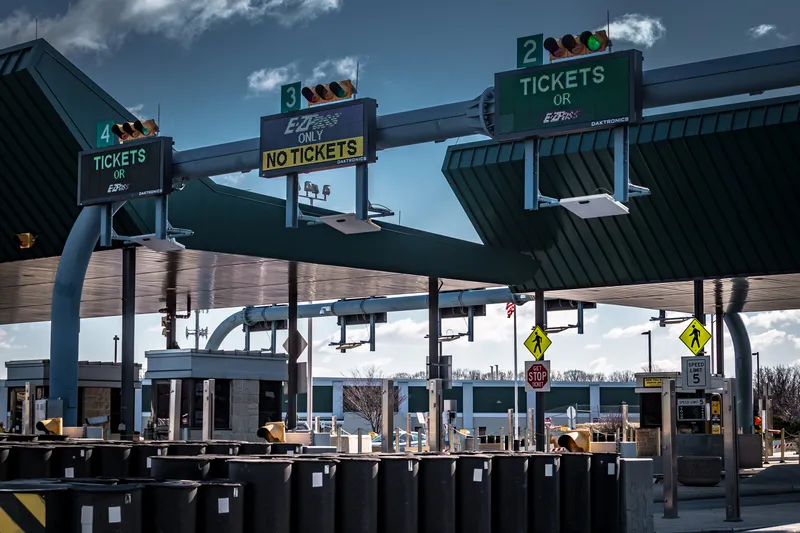Iteris has been awarded the prime contract from the US Research and Innovative Technology Administration (RITA) for the National Intelligent Transportation Systems (ITS) Architecture Evolution and Support programme, with a value of up to US$12.4 million over a five-year period. Over the last fifteen years, Iteris has provided the US federal government support in developing the National ITS Architecture and facilitating its implementation across the country. This task order-based contract, which is expected
April 5, 2012
Read time: 2 mins
Over the last fifteen years, Iteris has provided the US federal government support in developing the National ITS Architecture and facilitating its implementation across the country. This task order-based contract, which is expected to begin this month, has a two-year base period and includes three one-year options that would extend through 2017. The initial two-year base period task order is anticipated to be $4.9 million with a significant portion allocated to support connected vehicle systems architecture maintenance and alignment. With all options, the total potential value of the contract could reach $12.4 million. As part of this project, Iteris leads a team of ITS experts from companies that include
“The National ITS Architecture Programme has been a corner stone of the Federal ITS Programme,” said Abbas Mohaddes, president and CEO of Iteris. “This programme has evolved as ITS has expanded,” he said, adding that these prestigious and important programmes are expected to play a key role in the next phase of ITS evolution and implementation across the county.
Since the late 1990s, the National ITS Architecture has been used as the basis for the development of over 270 regional, state, and local ITS architectures. The programme has provided guidance, tools, and technical support to municipalities to aid in these developments and facilitate their use in successful ITS deployment.
Connected Vehicles is a major initiative focused on the development and deployment of a fully connected transportation system that makes the most of multi-modal, transformational applications requiring a robust, underlying technological platform. The platform is a combination of well-defined technologies, interfaces, and processes that, combined, ensure safe, stable, interoperable, reliable system operations that minimise risk and maximise opportunities.









